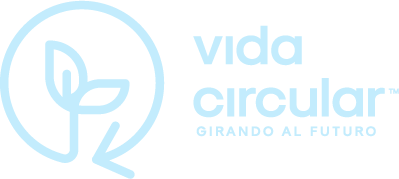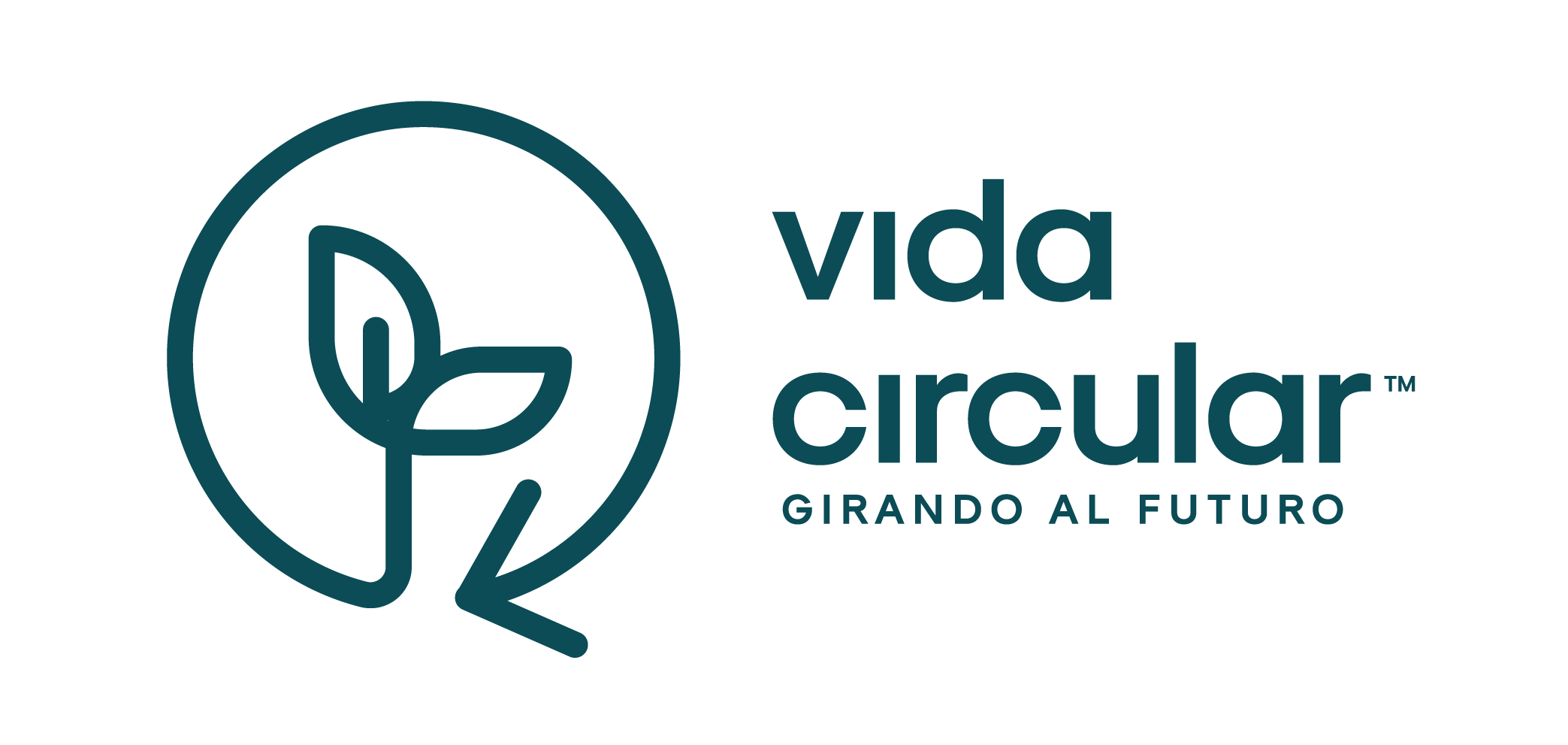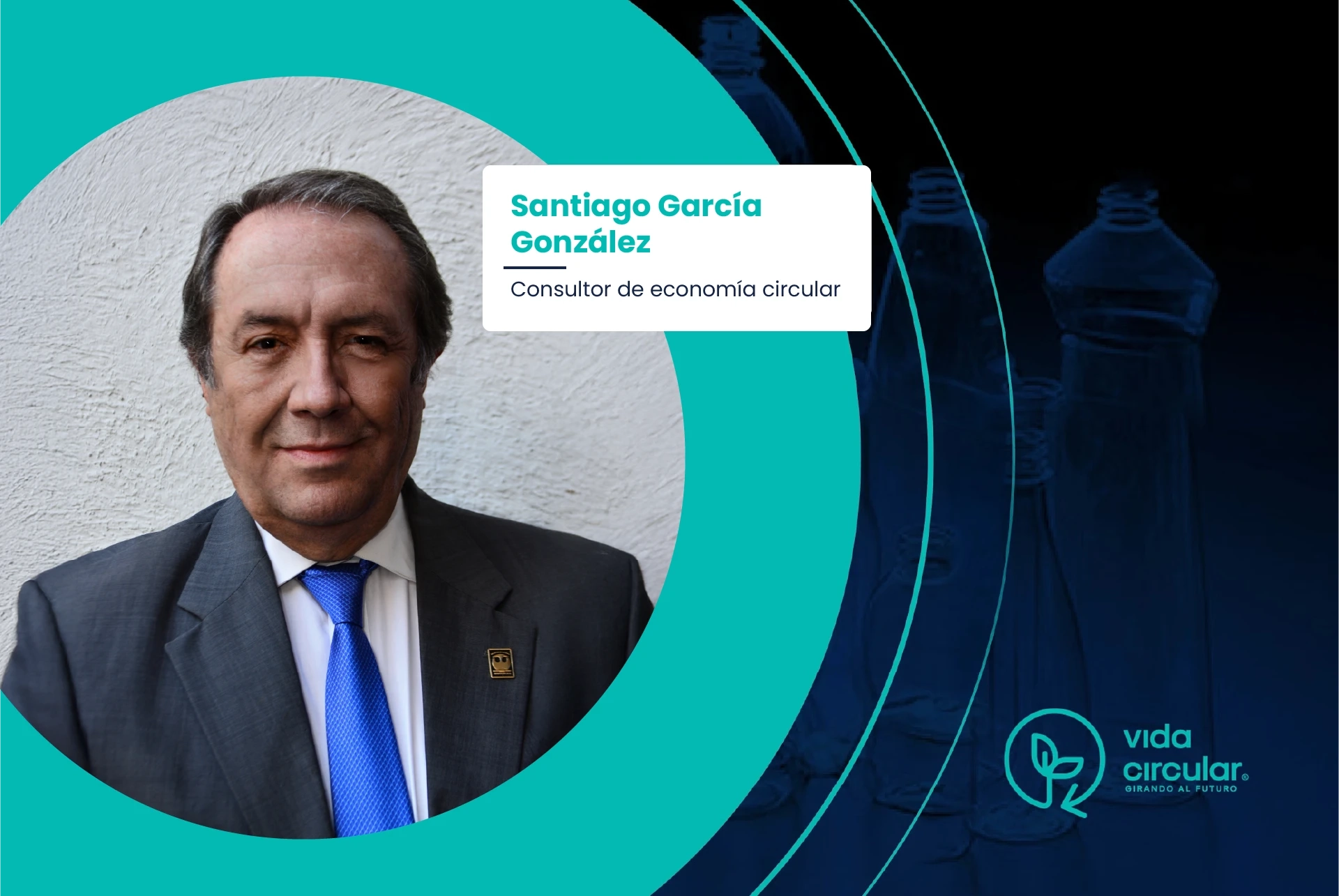
Yesica Kruger: Extended producer responsibility the way to a circular economy for packaging
We have an extraordinary opportunity to not only positively impact not only the environment, but also our economy. Around the world, countries, states and municipalities are implementing solutions to prevent packaging waste from ending up in landfills, oceans and vulnerable ecosystems. One of the most effective solutions to date is Extended Producer Responsibility (EPR), a policy that, as the Ellen MacArthur Foundation points out, is the only proven and viable way to sustainably finance the collection, sorting and recycling of packaging.
EPR is an environmental policy approach in which producers assume significant responsibility-financial and/or physical-for the treatment or disposal of post-consumer products. For example, countries such as Germany and Sweden have well-established EPR systems for packaging, while emerging economies such as India and Chile are implementing EPR frameworks to address growing waste management challenges.
By implementing a national EPR policy in Mexico, we could unlock the untapped economic potential of recycling. This framework has been shown to incentivize private investment and infrastructure development so that packaging waste is properly disposed of, sorted and sent to recycling centers, such as our PET recycling plant in Guadalajara. PET (polyethylene terephthalate) is a lightweight, strong, and fully recyclable type of plastic widely used in beverage and food packaging. We have the power to turn packaging waste into a valuable resource rather than a burden on the environment.
How would it work?
EPR schemes ensure that companies that bring packaging to market also contribute financially to its post-consumer management. This is essential to ensure that materials remain in economic circulation and do not end up in landfill or in the environment. In theory, there are many ways to finance these processes, but in practice, EPR schemes are the only ones that have proven to guarantee sufficient, dedicated and continuous funding on a large scale. Without them, we simply will not achieve the level of recycling needed to mitigate the plastic waste crisis.
The circular economy we seek to build goes beyond recycling. It is based on three fundamental pillars: eliminating unnecessary packaging, designing innovations to make all packaging reusable, recyclable or compostable, and keeping materials in circulation. This holistic approach not only helps to combat plastic pollution, but also contributes significantly to creating a more sustainable and better world for future generations.
At Indorama Ventureswe understand that packaging waste management comes at a cost, especially in the early stages. Indorama Ventures is the largest producer and recycler of PET in the world, with more than 20 dedicated recycling facilities globally. The company has committed to invest $1.5 billion to expand its recycling business, with the goal of recycling 100 billion PET bottles annually by 2030 .
While technological advances and economies of scale will reduce these costs in the future, it is crucial today to have EPR schemes in place to cover the shortfall and allow for the expansion of recycling operations. Without this funding, the transition to a circular economy will be too slow and the environmental consequences will be exacerbated.
In addition to securing funding, EPR schemes provide additional benefits: they improve the transparency and efficiency of the system and encourage innovation in packaging design. Of course, no existing EPR scheme is perfect, and its effectiveness depends largely on careful design that considers local specificities and circular economy policies.
How could an EPR scheme be implemented in Mexico?
Producer responsibility: Companies that manufacture or import packaged products should assume responsibility for the life cycle of their packaging.
Collection systems: Producers finance or organize systems to collect used packaging from consumers, such as designated drop-off points or household recycling programs.
3. Sorting and recycling infrastructure: Collected materials are sorted, processed and recycled in specialized facilities, ensuring their reuse instead of disposal in landfills.
4. Public awareness: Educational campaigns are implemented to inform consumers about proper waste disposal and participation in recycling programs.
5. Regulatory oversight: The government or an authorized entity monitors compliance and applies sanctions in case of non-compliance, ensuring the success of the program. These steps demonstrate the importance of local infrastructure and community involvement, as the effectiveness of EPR schemes depends on solutions tailored to the challenges and opportunities of each region.
These steps demonstrate the importance of local infrastructure and community involvement, as the effectiveness of EPR schemes depends on solutions tailored to the challenges and opportunities of each region.

Indorama Ventures and its impact in Mexico
Indorama Ventures ' PET recycling plant in Guadalajara processes approximately 66,000 tons of post-consumer PET annually. Assuming an average PET bottle weighs 20 grams, this equates to 3.3 billion bottles recycled each year, or about 63.4 million bottles per week, preventing approximately 1,000 tons of plastic waste from ending up in landfills, streets or oceans on a weekly basis.
In Mexico, Indorama Ventures operates a recycling plant: Indorama Ventures EcoMex, located in Zapopan, Jalisco. This facility has a total production capacity of 42,000 tons per year of PET flakes, used both for Indorama's internal recycling and for supplying external customers.
These efforts contribute significantly to the reduction of plastic waste and the promotion of a circular economy for PET products.
Our commitment to EPR is also supported by the successes achieved by these schemes in other countries. For example, "all of the programs have shown modest to significant growth in recycling rates, with five of the seven exceeding 75% recycling at some point in the last five years. ¹
Belgium stands out with a 95% recycling rate in 2020, while in North America, British Columbia leads with 81% recycling and 94% recovery in 2021. These figures confirm the potential of EPR to generate significant positive impacts on waste management and environmental protection.
A call to action
As a global leader in recycling, we are committed to continue innovating and improving our processes, thus contributing to the development of a more robust and sustainable circular economy.
As the Ellen MacArthur Foundation points out, "EPR must be complemented by a broader set of policies, as well as voluntary and innovative actions by industry." ²
We recognize that these schemes, while essential, are not sufficient on their own. They must be complemented by other public policies and actions of the sector, such as the establishment of collection targets and minimum recycled content, which encourage investment in collection infrastructure and recycling plants.
The call to action is clear: if we want to stop pollution and seize the economic opportunities of the circular economy, we must act now. Implementing EPR is a key piece of this puzzle.
About the author:
Yesica Kruger Fonseca is an Advocacy and Education Specialist for Latin America (LATAM) at Indorama Ventures, based in Mexico.
It works actively with associations to promote sustainable regulatory frameworks, strengthen recycling infrastructure and educate about the importance of reducing, reusing and recycling plastic materials in the region.
His work at Indorama Ventures, the world's largest PET producer and recycler, focuses on fostering strategic alliances with governments, companies and communities to drive the transition to an effective circular economy in Latin America.
References:
¹ Recycling-Partnership-EPR-Policy-Report-final.pdf
² Extended Producer Responsibility: Statement




